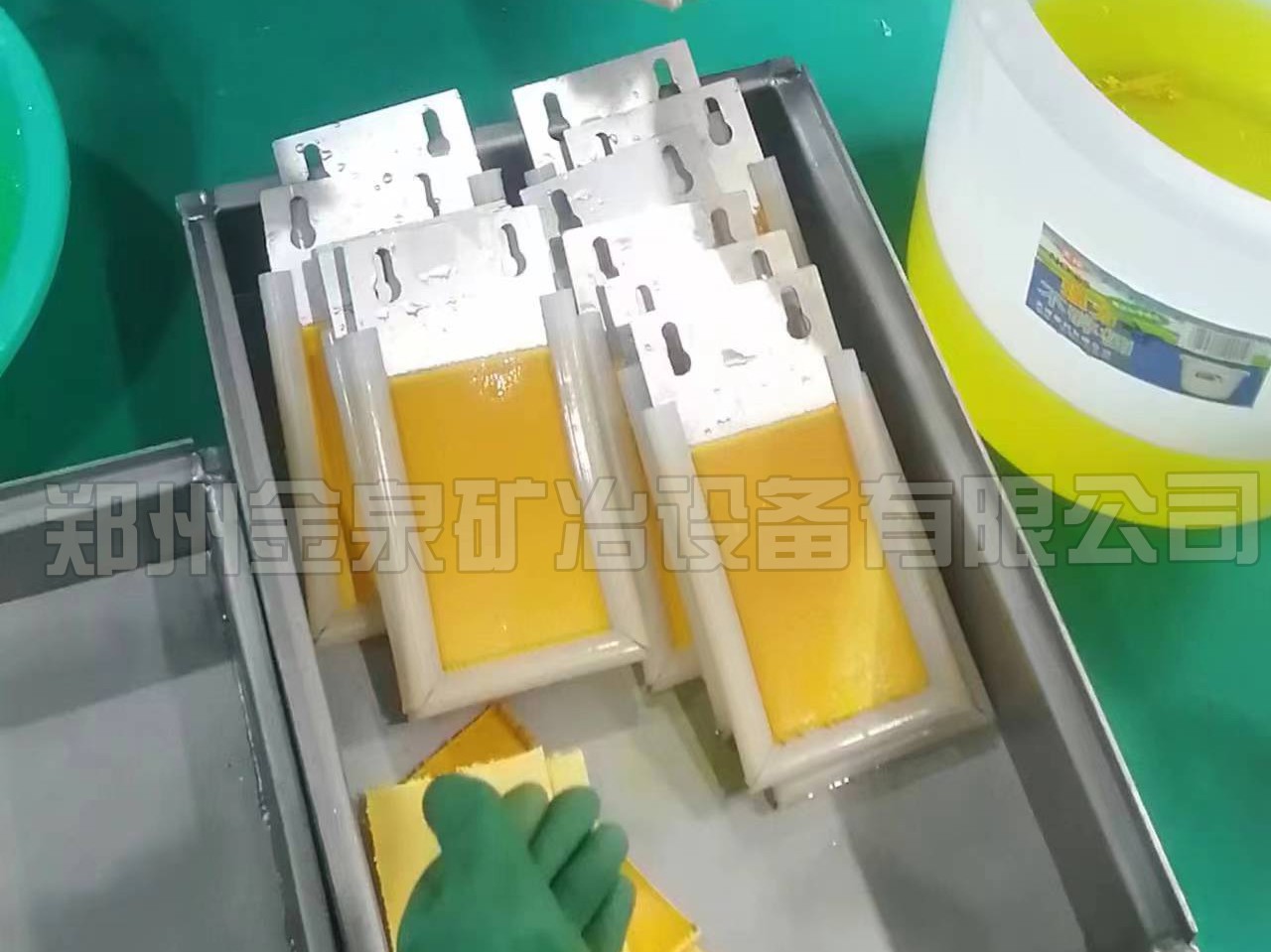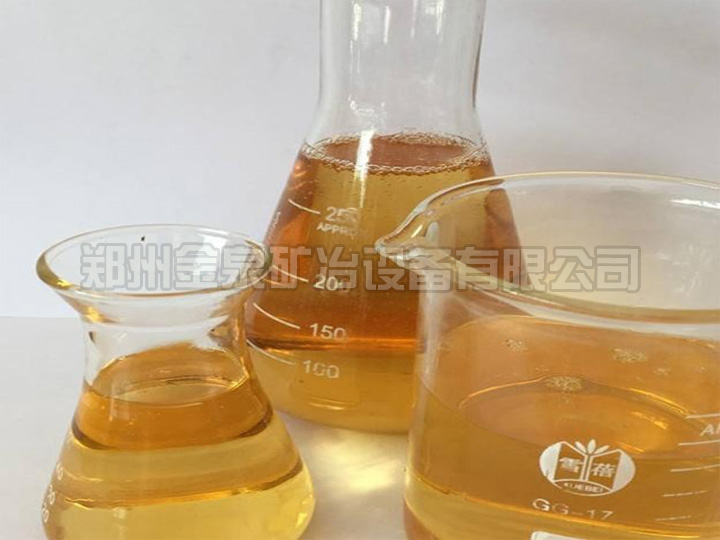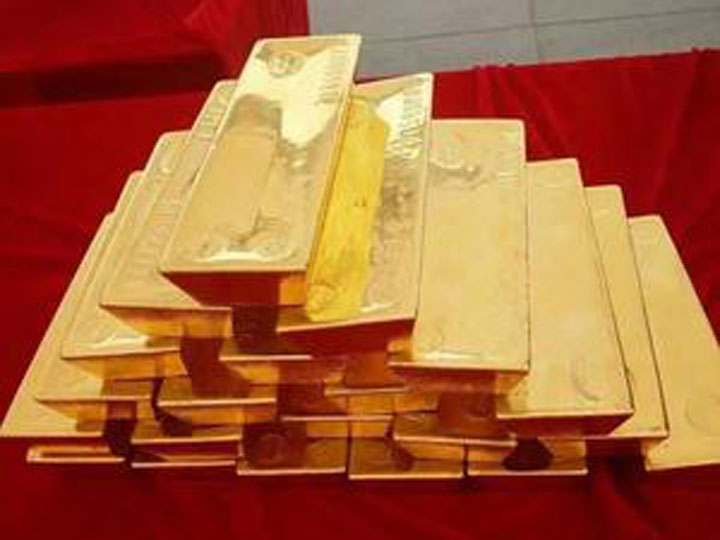 +8613303827570
+8613303827570
1、Customer demand
The metal copper in copper ore is extracted by physical and chemical methods, and a theoretical and practical process is found for extracting copper from copper ore.
2. Basic customer data
Feed type | Copper production | Product shape | process mode | Solution copper content | Effluent copper content |
20% copper ore concentrates powder | 100 kg | Copper sulfate solution | Batch processing | 5-20% | 20g/L |
Copper sulfate solution | 100 kg | Electrolytic copper plate | Batch processing | 10-40g/L | 2g/L |
3.Process introduction
The experiment was mainly carried out in three steps:
In the first step, the copper metal in the copper ore is dissolved in the liquid, and the solid copper metal is converted into the free ion state;
The second step, the solution of dissolved copper is filtered to remove impurities;
The third step is to extract and purify the copper in the copper containing solution. The result is a high purity copper sheet.
4.Experimental Process:
1.Configure the concentration of about 10% to 15% concentration of dilute sulfuric acid
solution standby.
2.A certain amount of copper ore is weighed and crushed, and the crushed copper ore powder is placed in dilute sulfuric acid. After the copper ore is put into dilute sulfuric acid,
a violent reaction occurs in the solution, some gas emerges, and the copper ore slowly dissolves. The color of the potion turns cloudy.
3.Add an appropriate amount of oxidant to accelerate the dissolution of copper in the ore powder.
4.After about 1 hour,the solution appears stratified, green clear liquid appears on the upper layer,and very colored insoluble solid or sludge appears on the bottom.
5.The precipitation was filtered and separated, and the green liquid was filtered out.
6.The copper content of the green filtrate was analyzed, and the concentration of copper ion reached 40g/L. High copper content.
7.The electrolysis experiment was carried out on the green copper filter liquid, with the filter
liquid as the electrolyte, titanium plate as the anode and stainless steel plate as the cathode.
8.A certain intensity current is applied to the anode and cathode plate for electrolysis, and a
copper substance appears on the cathode plate and is attached to the cathode stainless steel plate. Continue electrolysis.
-
 common methods for separating gold and silvercommon methods for separating gold and silver
common methods for separating gold and silvercommon methods for separating gold and silverCommon Methods for Separating Gold and Silver:
Chemical dissolution method: Gold can be dissolved in hydrochloric acid, while silver reacts with Cl⁻ ions to form a silver chloride precipitate during the dissolution process. After filtering, gold and silver are separated.
Aqua-regia solution method: Suitable for alloys with low silver content (silver typically below 10%), this method allows both gold and silver to dissolve. However, after dissolving, silver reacts with Cl⁻ ions to form a silverCommon Methods for Separating Gold and Silver chloride precipitate, enabling it to be separated from gold.
-
 chemical separation of gold and silverchemical separation of gold and silver
chemical separation of gold and silverchemical separation of gold and silverChemical separation of gold and silver:
Using a single acid, it cannot dissolve gold but can dissolve silver, achieving the separation of gold and silver. Hydrochloric acid or sulfuric acid is commonly used. This method is typically used for gold-silver alloys with a gold content below 30%, while silver, copper, iron, and zinc can be dissolved in hydrochloric acid or sulfuric acid, whereas gold cannot. After filtering and washing, it can obtain gold with over 98% purity. For lead-containing alloys, hydrochloric acid is used for dissolution
-
 extraction of gold from alloy goldextraction of gold from alloy gold
extraction of gold from alloy goldextraction of gold from alloy goldAlloy gold: Alloy gold produced by roasting mercury paste on a mercury plate, alloy gold produced by melting gold paste in a converter, alloy gold produced by melting gold paste after removing impurities with nitric acid, alloy gold obtained by pyrometallurgical or hydrometallurgical treatment of copper lead anode paste, and other alloy gold produced in other gold and silver mines and rare and precious plants for non-ferrous metallurgy.
The gold content is 40%~99.9%, and the silver content is 40%~99.9%.







